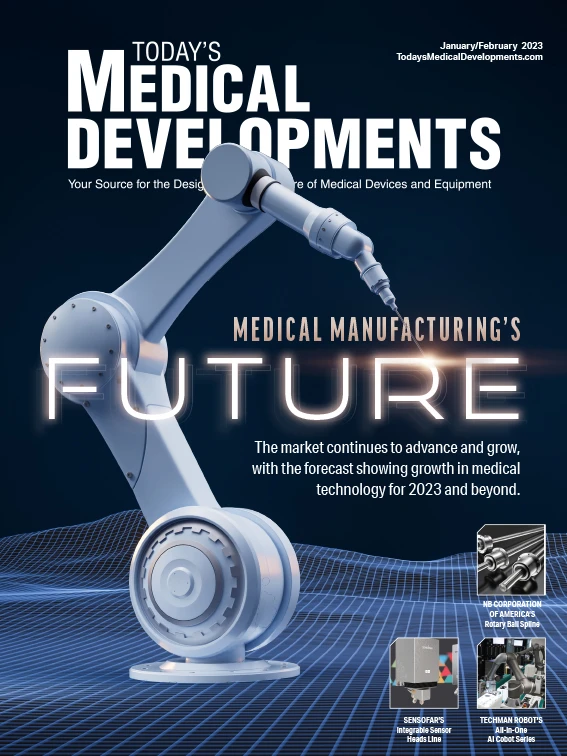
A skin-like device, designed to perform health-monitoring and diagnosis, is being developed in a project between the U.S. Department of Energy’s (DOE) Argonne National Laboratory and the University of Chicago’s Pritzker School of Molecular Engineering (PME). Leading the project is Sihong Wang, assistant professor in UChicago PME with a joint appointment in Argonne’s Nanoscience and Technology division.
Worn routinely, future wearable electronics could potentially detect possible emerging health problems even before obvious symptoms appear. The device could also do a personalized analysis of the tracked health data while minimizing the need for its wireless transmission.
Such a device would need to collect and process a vast amount and it would have to do this data crunching with very low power consumption in a tiny space.
To address that need, the team called upon neuromorphic computing. This artificial intelligence (AI) technology mimics operation of the brain by training on past data sets and
learning from experience. Its advantages include compatibility with stretchable material, lower energy consumption, and faster speed than other types of AI.
The other challenge the team faced was integrating electronics into a skin-like stretchable material. The key material in any electronic device is a semiconductor. In current rigid electronics used in cell phones and computers, this is normally a solid silicon chip. Stretchable electronics require the semiconductor to be a highly flexible material that’s still able to conduct electricity.
The team’s skin-like neuromorphic chip consists of a thin film of a plastic semiconductor combined with stretchable gold nanowire electrodes. Even when stretched to 2x its normal size, their device functioned as planned without formation of any cracks.
As one test, the team built an AI device and trained it to distinguish healthy electrocardiogram (ECG) signals from four different signals indicating health problems. After training, the device was more than 95% effective at correctly identifying the ECG signals.
The plastic semiconductor also underwent analysis on beamline 8-ID-E at the Advanced Photon Source (APS), a DOE Office of Science user facility at Argonne. Exposure to an intense X-ray beam revealed how the molecules that make up the skin-like device material reorganize upon doubling in length. These results provided molecular level information to better understand the material properties.
“The planned upgrade of the APS will increase the brightness of its X-ray beams by up to 500 times,” says Joe Strzalka, an Argonne physicist. “We look forward to studying the device material under its regular operating conditions, interacting with charged particles, and changing electrical potential in its environment. Instead of a snapshot, we’ll have more of a movie of the structural response of the material at the molecular level.”
The greater beamline brightness and better detectors will make it possible to measure how soft or hard the material becomes in response to environmental influences.
“While still requiring further development on several fronts, our device could one day be a game changer in which everyone can get their health status in a much more effective and frequent way,” Wang adds.
The University of Chicago Pritzker School of Molecular Engineering
https://pme.uchicago.edu

Explore the January February 2023 Issue
Check out more from this issue and find your next story to read.
Latest from Today's Medical Developments
- Siemens accelerates path toward AI-driven industries through innovation and partnerships
- REGO-FIX’s ForceMaster and powRgrip product lines
- Roundup of some news hires around the manufacturing industry
- Mazak’s INTEGREX j-Series NEO Machines
- The Association for Advancing Automation (A3) releases vision for a U.S. national robotics strategy
- Mitutoyo America’s SJ-220 Surftest
- #56 - Manufacturing Matters - How Robotics and Automation are Transforming Manufacturing
- STUDER looks back on a solid 2024 financial year





